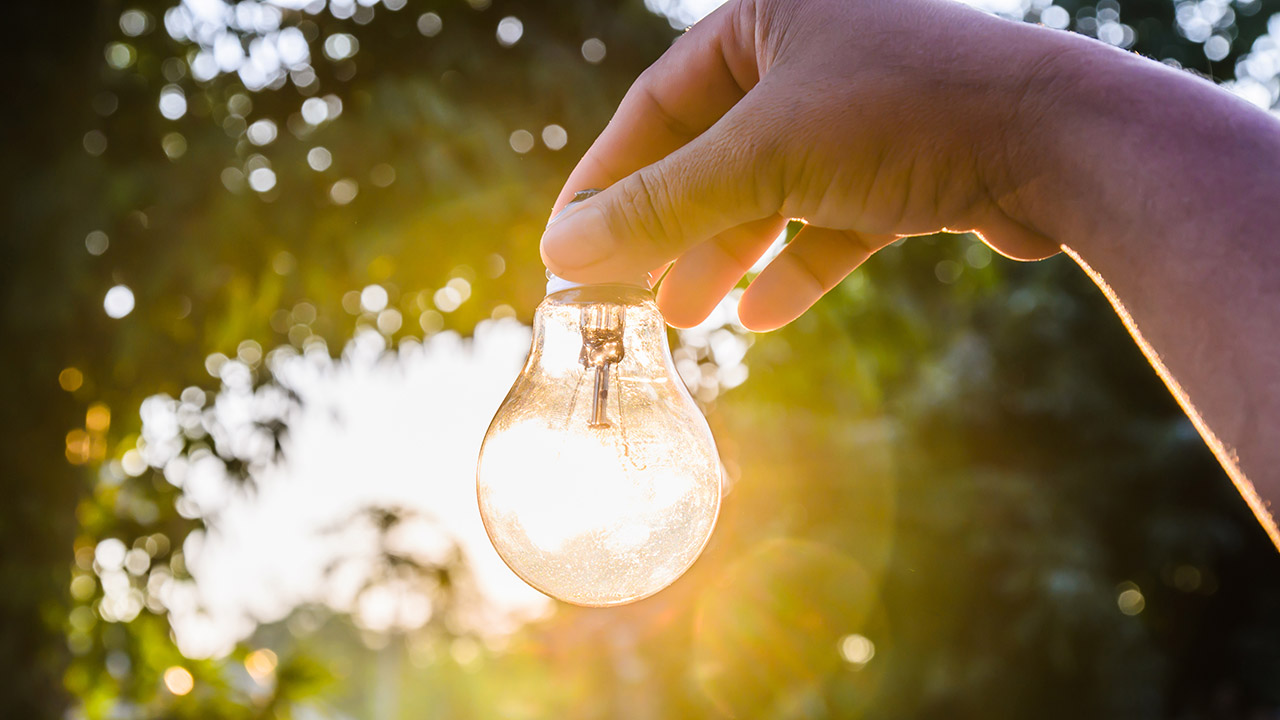Solar energy isn’t exactly new. It’s been around for years now, although it’s only starting to pick up steam as more and more homeowners figure out the potential cost savings in utility bills, not to mention their reduced carbon footprint.
In fact, the residential solar panel market in the US set a record in the second quarter this year so far. The number of home solar roofs spiked 70% year-over-year, proving that more and more American homeowners are seeing real benefits from installing solar panels despite their typically expensive up-front costs.
Over 5% of the yearly electricity generation in California comes from solar power, making the Golden State the first in the country to boast such a trait.

Installation Costs Are Much More Affordable These Days
One of the biggest deterrents of installing solar panel systems in homes is the initial cost. But while it’s still a pricey project, it’s nowhere near as expensive as it was years ago.
A decade ago, homeowners were looking at an average of $43,000 to install solar panels in their homes. But these days the average cost is half that, hovering around an average of $29,000. And that price doesn’t even include in the tax credits and rebates that local and federal governments offer as a reward for using renewable energy sources.
In fact, you can claim a 30% rebate for installing solar panel systems, and pay smaller electricity bills each month. You can typically save an average of $100 to $200 per month on your utility bills, which means the money used towards this investment can realistically be recouped in as little as 10 years or so. If you’re planning to remain in your current home for the long haul, solar panels definitely bring a solid ROI.
If pouring a big chunk of change on a solar panel system is too much for your bank account to bare, you can take advantage of solar panel leasing programs. With a leasing option, you essentially take out a loan with a solar panel company and pay a monthly fee. That way you’ll require little or no money up front. It should be noted, however, that you might not be able to claim any rebates or tax breaks if you lease instead of buy, although you’ll still be benefitting from the 10% to 20% reduction in electricity.
Is Your Home Suitable For Solar Panels?
Before you decide to power your home with solar energy, you’ve got to make sure your home can handle it first. Not every roof is suitable for these systems; in fact, only a quarter of homes in the US are fitting for solar panels.
Ideally, your roof’s angle should be anywhere between 30 and 40 degrees, although they can be flat and still work efficiently. However, the maximum angle is 40 degrees – any steeper than that and the performance will suffer a great deal.
Since solar panel systems can last for decades, you want to make sure your roof isn’t nearing the end of its life. If so, you’d be better off replacing the roof first and installing the system afterward.
Solar panels work best on a south-facing roof. If the panels can’t face true south, southeast- and southwest-facing panels can also work. If southern exposure on the roof isn’t possible, east- and west-facing panels can still work, depending on the level of shade. If the roof’s orientation doesn’t suit solar panels, you always have the option to mount the panels on the ground, or even on a detached garage or shed.
Despite what many people think, solar panels can still generate a significant amount of energy even in places where sunlight isn’t in abundance. In fact, solar energy can be used to power a home even at night long after the sun’s gone down. Throughout the morning and afternoon hours, a solar system can generate more electricity than your home is actually using. Any excess electricity is put back on the grid. In the evenings, your home will be using credited energy from the meter spinning backward.
Boost Your Home’s Value With Solar Panels
In a sunny state like California, a small 3.1 kW system can boost a medium-sized home an average of $18,324. And the more you scale up in solar panel systems, the higher the value will climb. Installing a 5 kW solar panel system can add an average of $29,555 to a medium-sized home’s value. Basically, every additional $1 that’s saved in energy bills adds $20 to the overall value of your property.
The reasons to consider installing solar panels are plenty. Not only will you be recouping the initial costs and even saving money in electricity over the long run, you’ll also minimize your impact on the environment. It’s a win-win.